Explore the Peggy Guggenheim collection, one of the most important cultural activities in Venice with a cut-file ticket. Admire the modern works of Picasso, Pollock and Dalí...
After losing his father on Titanic , the rich heir Peggy Guggenheim became one of the great collectors of the 20th century. His Venetian palace the palazzo Venier dei Leoni, which gives on the Grand Canal, exposes the works of surrealist, futurist and abstract expressionist art of some 200 artists, including his ex-husband Max Ernst, but also of Jackson Pollock, Picasso, Magritte and Salvador Dalí.
A cut-file ticket offers you the possibility to enter this unusual building Venice to trace the tormented life of this ambitious woman, and admire the works of the greatest painters!
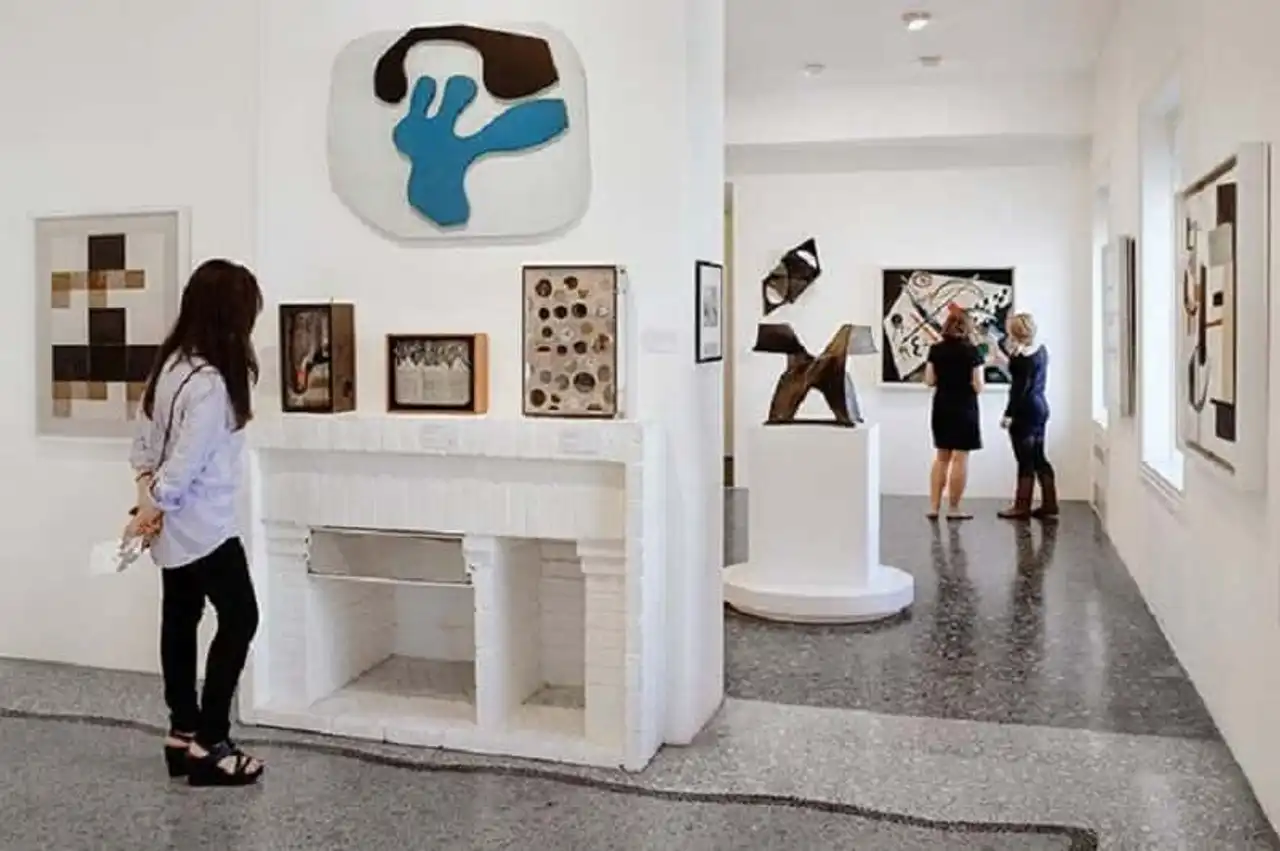
Photo credit: Flickr – Nathan Hughes Hamilton
A palace with a rich history, with a beautiful museum
Niece by Solomon R. Guggenheim, Peggy collected works of art according to his own convictions rather than for prestige or style. Thus, his collection includes works inspired by " folk art" and includes less famous artists such as Kandinsky, Man Ray, Rothko, Mondrian and Joseph Cornell. The great modernists also contribute to the interior decoration of the palazzo Venier dei Leoni, including Calder with its silver headboard exposed in the old room of Peggy Guggenheim. In the corners of the main galleries you will find pictures of the pieces as they were when Peggy lived here, in a fabulously eccentric style.
The American Jewish collector fled Paris just two days before the Nazis walked on the city, and arrived in Venice in 1948. Peggy has become a strong defender of contemporary Italian art, which has largely lost the public’s favour with the advent of Mussolini in power and its position alongside Nazi Germany during the Second World War.
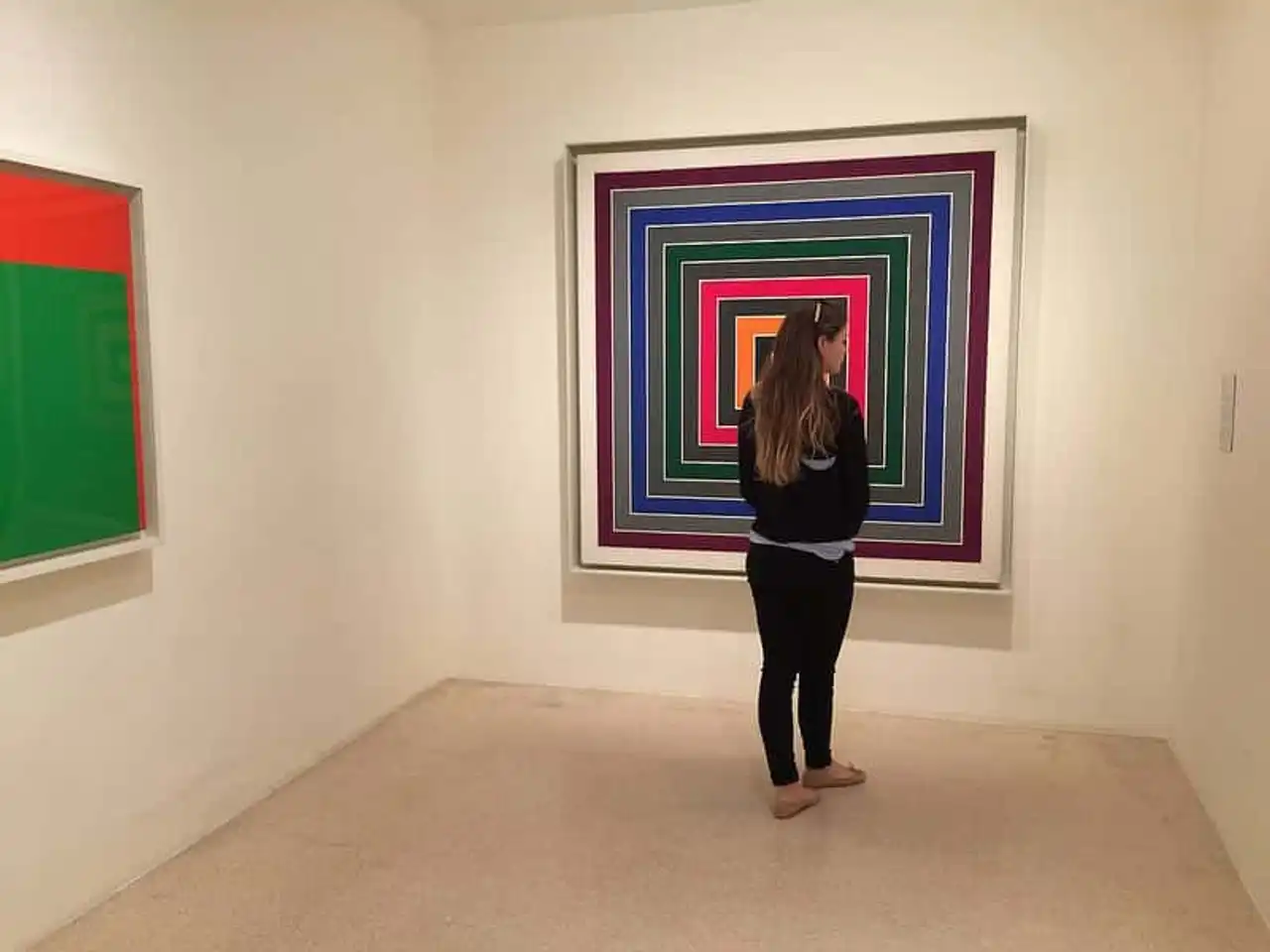
Photo credit: Flickr – Heather Cowper
It presents its collection to the XXIV Biennale of Venice. But after the biennial, Peggy still doesn't know where to store his paintings. It then acquired an unfinished 18th century palace, the palazzo Venier dei Leoni, to make it the place of its own exhibition.
A museum that also makes the beautiful part of Italian art
Peggy Guggenheim and his museum allowed a renewed interest in post-war Italian art and raised the reputation of the leading Italian futurists, whose style had been used to make fascism visually more “attainable”. His support allowed artists such as Umberto Boccioni, Giorgio Morandi, Giacomo Balla, Giuseppe Capogrossi and Giorgio de Chirico to return to the artistic scene, as did Venetian artists Emilio Vedova and Giuseppe Santomaso. She also offered to gondoliers a view of a statue on her dock on the Grand Canal: L’Angelo della Città (the angel of the city) of Marino Marini (1948), a male nude in bronze on horseback, and visibly excited by something on the horizon.
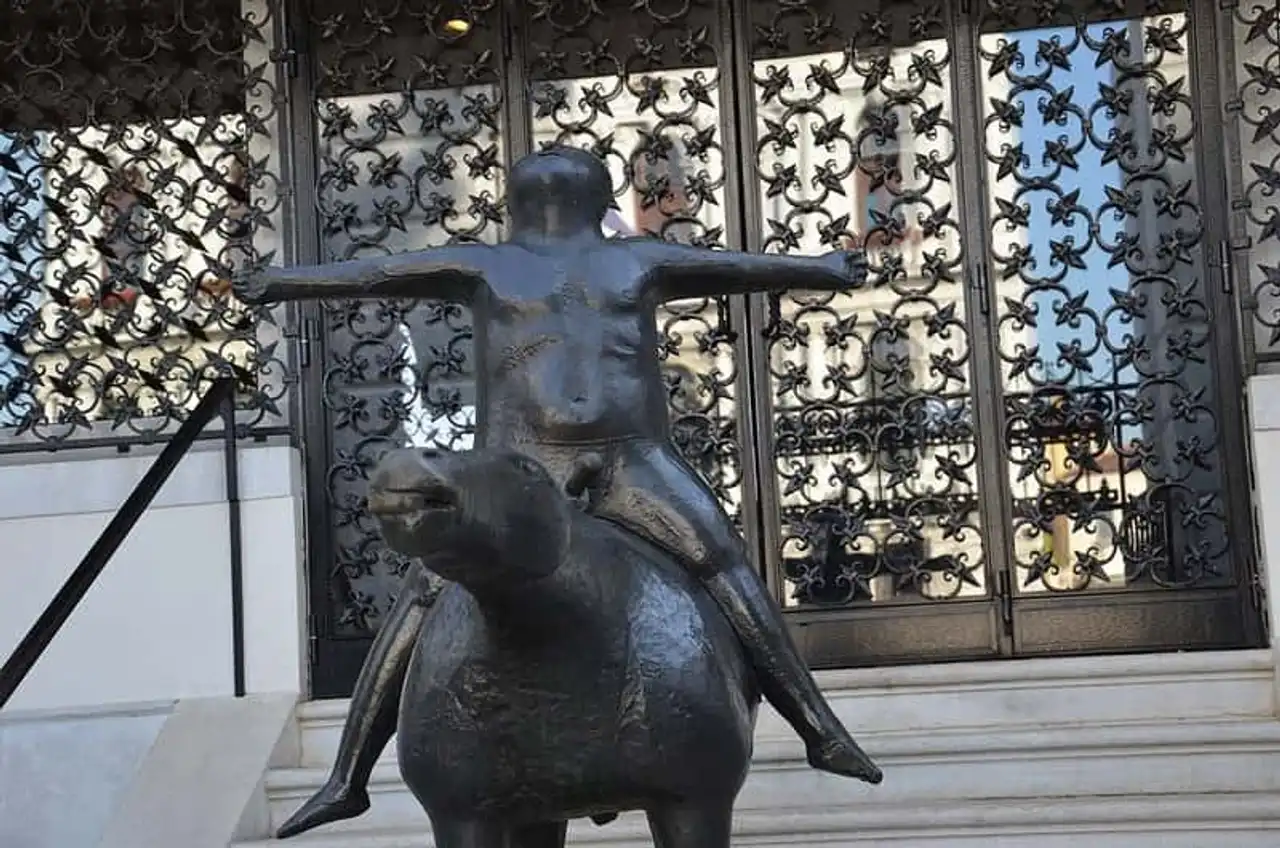
Photo credit: Flickr – Michael Jones
The sculpture garden (the last residence of Peggy, where its ashes were buried, alongside the burials of its many dogs and not far from a tree planted by Yoko Ono) presents works of great names like Moore, Giacometti, Brancusci and Kapoor. In the gardens there is a pavilion with a café, a bookstore and temporary exhibitions. Just next to the museum is a larger store of the museum, where replicas of Peggy's glasses, its signature, which have as wings, with the lion of San Marco in the center.
Practical information
The entrance fee to the museum is 15€ (9€ for students under 26 years of age). But for 18€, you will be entitled to a cut-file access at the Peggy Guggenheim Museum for a day.
The Peggy Guggenheim collection is located between Accademia and the church of Santa Maria della Salute. The closest vaporetto stop is Accademia (vaporetto no. 1 or 2).
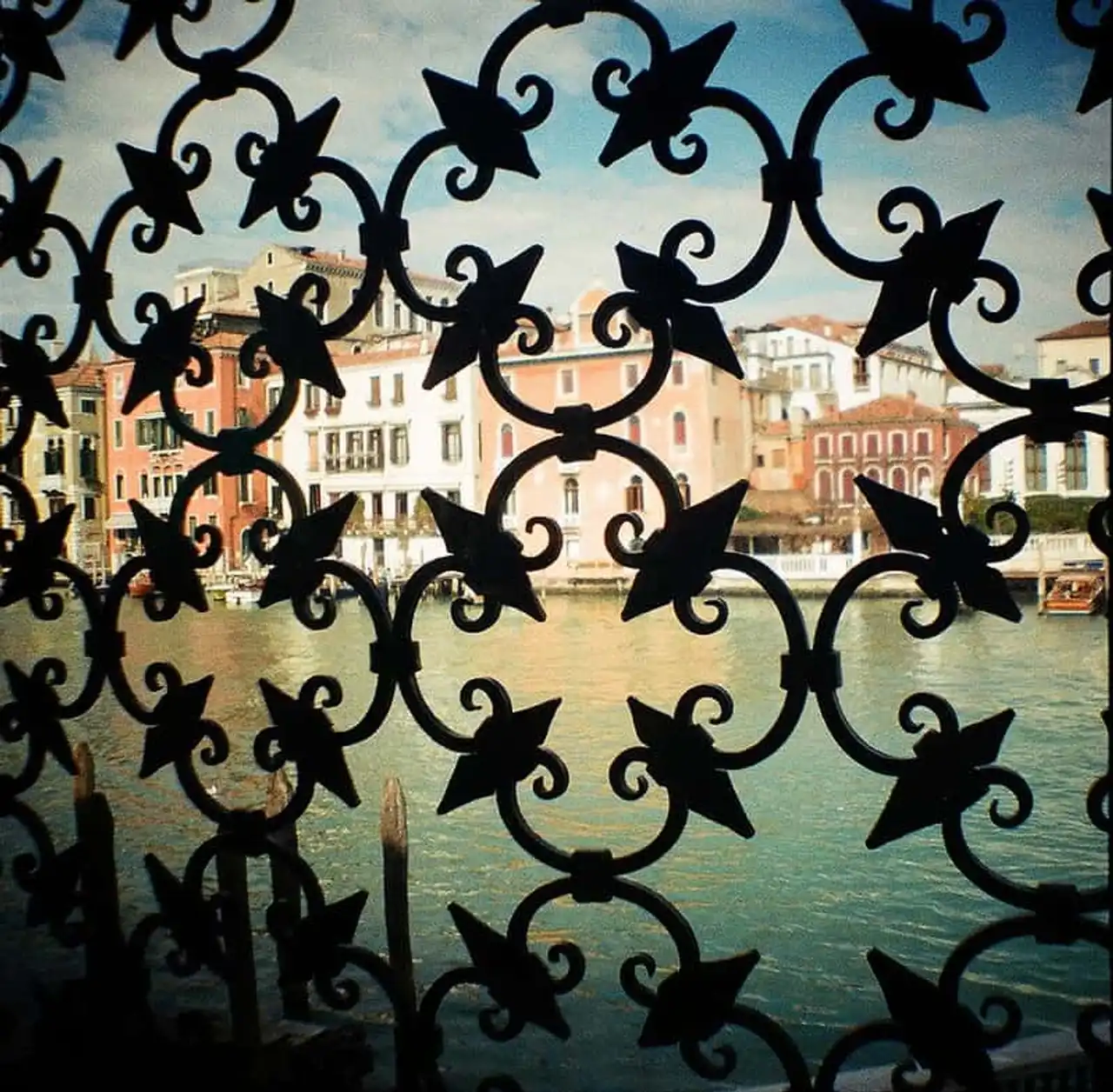
Photo credit: Flickr – Nora Lalle
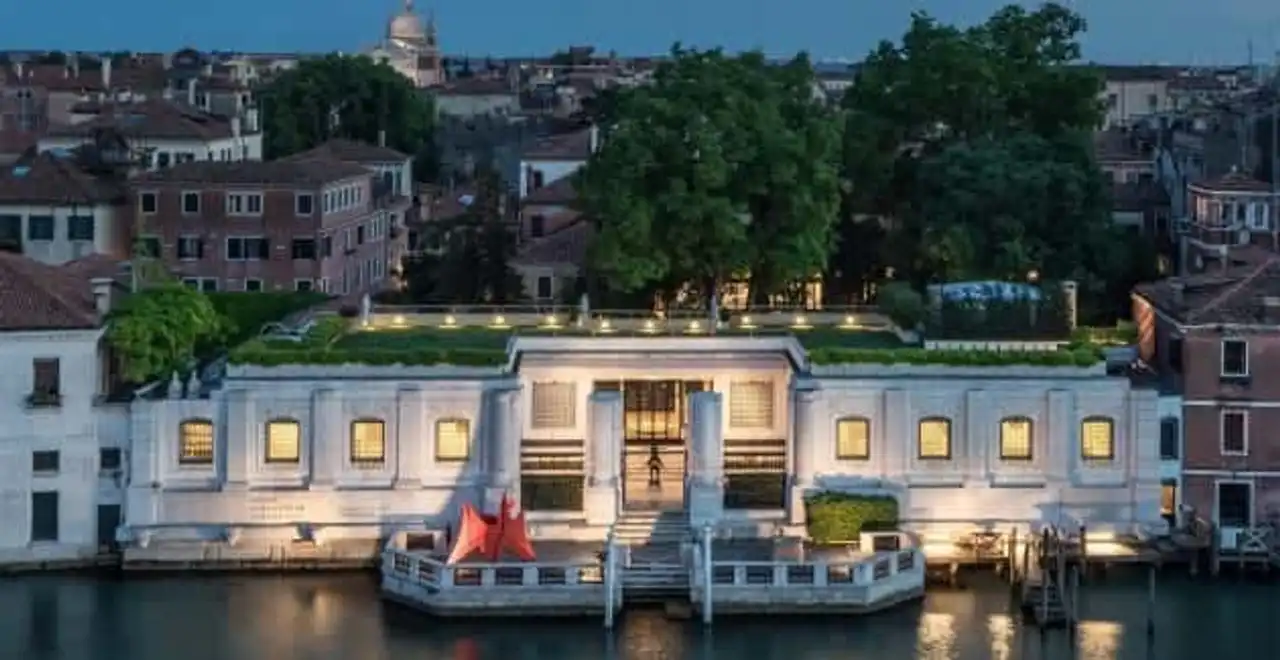







Loading comments ...